Picking the perfect brake pads for your ride has an influence on how safe you are, how well your whip handles, and what you’ll shell out over time. You’ve got a whole menu, from wallet-easy organic pads to fancy ceramic or semi-metallic types. To get why budget brake pads ain't the same as the pricier […]
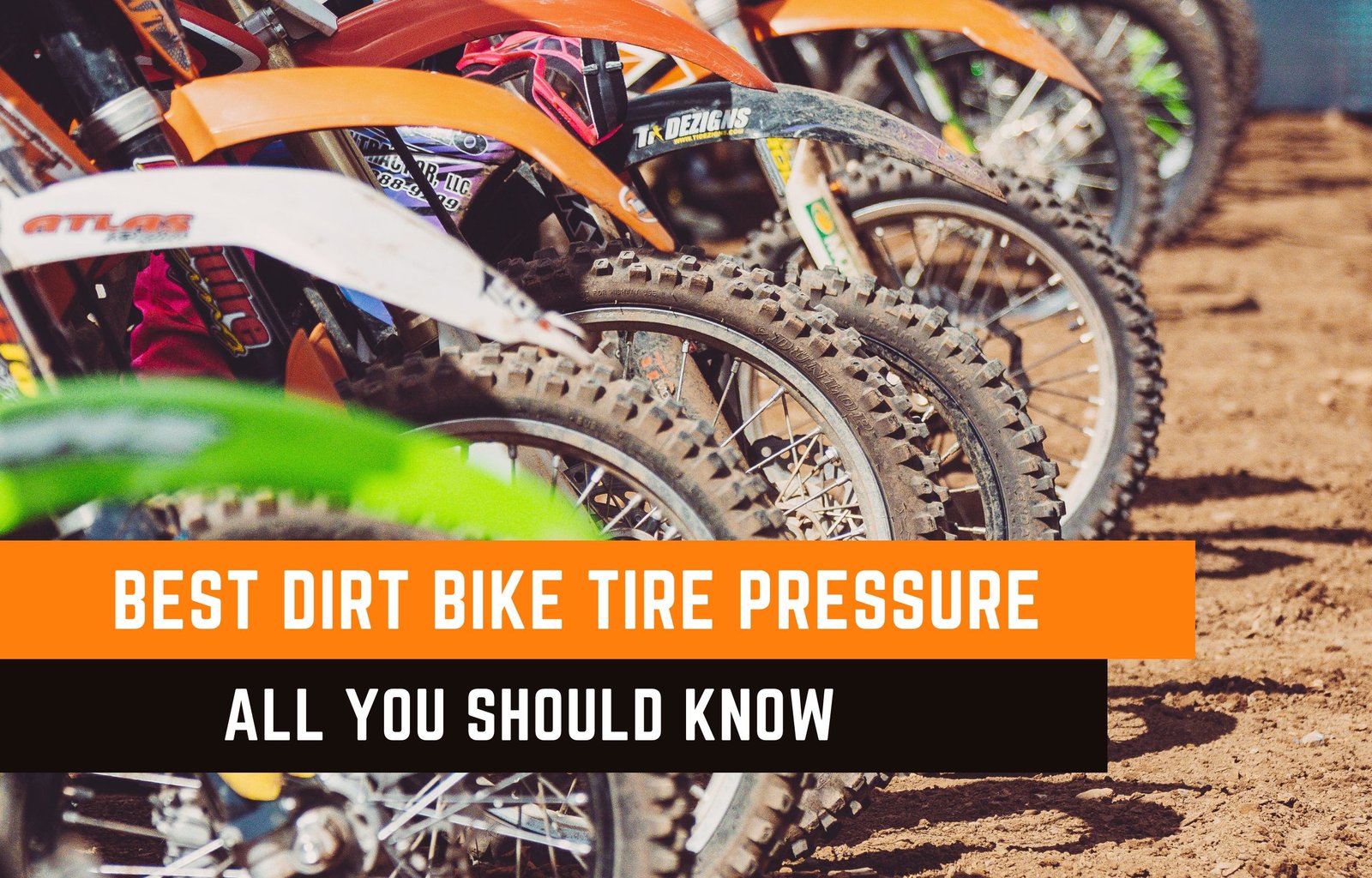
Best Dirt Bike Tire Pressure: All You Should Know 2023
Have you ever before observed that every one of the other bikers is obtaining a good grip, however you just can't appear to discover the grip that you require? Well, this could be because you are running the incorrect tire pressure!
Tire pressures can make or break a race. Get them wrong, and you might wind up with the loss of traction, a slit, a pinched tube, and you might even use your tires out quicker.
What is the best dirt bike tire pressure? This is a question that has no precise answer since the perfect PSI for one bike can be various for another person riding a similar bike.
This article is a simple guide to establishing the correct tire pressure on your dirt bike.
Table of Contents
What Is The Best Dirt Bike Tire Pressure?
If you ask other riders what tire pressure they're running, it'll normally average out at 12 PSI. That's due to the fact that tire pressure needs to generally be between 8 to 16 PSI, and also 12 PSI sits right in the center. 12 PSI is identified as the global tire pressure, or the sweet place, meaning it will benefit most problems, however, that does not imply that it's optimal!
Many various points come into play, including rider weight, surface, sort of tire, and your dirt bike. If you ride on different terrain from day to day, and also if you want to maximize your grasp, it deserves continuing reading to discover just how to change your tire stress to match your arrangement, and the surface you'll be riding over.
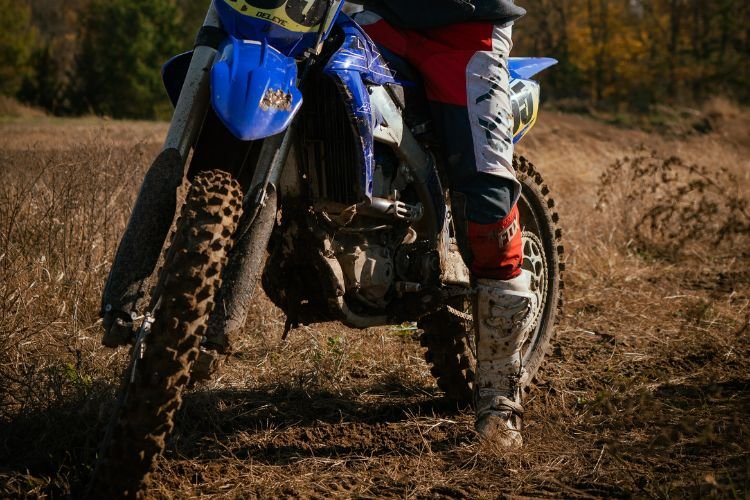
Factors Affecting Tire Pressure:
1. Kind of Soil/Terrain
The kind of surface you're riding is the most important factor to set your tire pressure. Greater pressure is much better for more difficult surfaces, such as clay as well as hardpack. This is just a basic situation, however, we'll cover just how you can lower the pressure for a more challenging surface soon.
14-15 PSI is a good starting factor for tire pressure on tough dirt. You can generally escape 1-2 PSI less in the rear tire considering that the handles are larger as well as more powerful.
2. Biker & Bike Weight
Air pressure in a tube holds the bike up from the force that is pressing it down due to gravity. Vehicles require greater tire pressure due to the fact that they are much heavier. The very same goes with bikes, although it's a minimal, yet obvious distinction.
A dirt bike and biker that consider a combined 100lbs more than a comparable bike will need much more pressure to hold it up and also prevent flats.
3. Tube Thickness
Dirt bikes feature a conventional tube thickness of about 1.5 mm (.060"). Tire pressure graphs are generally triggered by a basic tube thickness.
Nonetheless, if you select a thicker tube, you can successfully reduce the PSI to get the exact same defense while having a softer ride that provides you more traction and confidence.
Riding with a thicker tube is a common trick that lots of hardcore trail riders have used for years to improve grip in rough or slippery problems.
You can get away with running 6-8PSI in rough terrain with an ultra-sturdy tube because the extra tube thickness is solid and sufficient to stop flats. Actually, you'll probably obtain fewer flats with this configuration than with a standard tube thickness at 12-15PSI.
The drawback to the larger duty tube is that it adds unsprung mass/weight to your wheels. Acceleration/braking as well as managing may be visibly slower, but also for the average biker, the advantages may outweigh the negatives.
4. Tire Solidity
Finally, the hardness as well as dimension of rubber knobs on your tires will influence how much pressure you must have.
A tough tire with lots of big knobs can be performed at a slightly reduced pressure because it will withstand being pressed greater than a softer tire with less/smaller knobs.
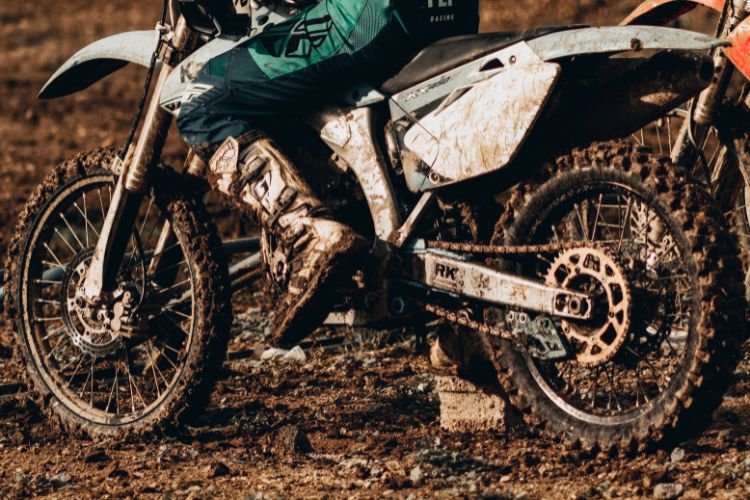
Advantages of Changed Dirt Bike Tire Pressure
It might appear compulsive to alter the tire pressure 1 PSI up or down as well as expect much of an adjustment, yet also small changes in tire pressure make a distinction. If you consider it, the 2 PSI difference is a 20% modification in the tire pressure.
Advantages of Higher Dirt Bike Tire Pressure:
- Greater speed (if all else is equal).
- Shields the tire as well as the edge from the influence of rocks or other solid objects. If you ride in Moab or various other locations where you'll be hitting great deals of tree roots and also hard sharp rocks throughout an off-road trip, you can rise to 15psi.
- Great for heavier bikers who need even more cushion.
Advantages of Lower Dirt Bike Tire Pressure:
- Better grip.
- Great for main MX tracks where you know you're not mosting likely to all of a sudden pound into a stone or a tree root like when riding off-road.
- Great for lighter-weight riders that weigh down much less on the tires.
- Great on loose surfaces like soft clay, mud, or loose rock. If you're riding mostly on the sand, I would certainly reduce it to 9psi.
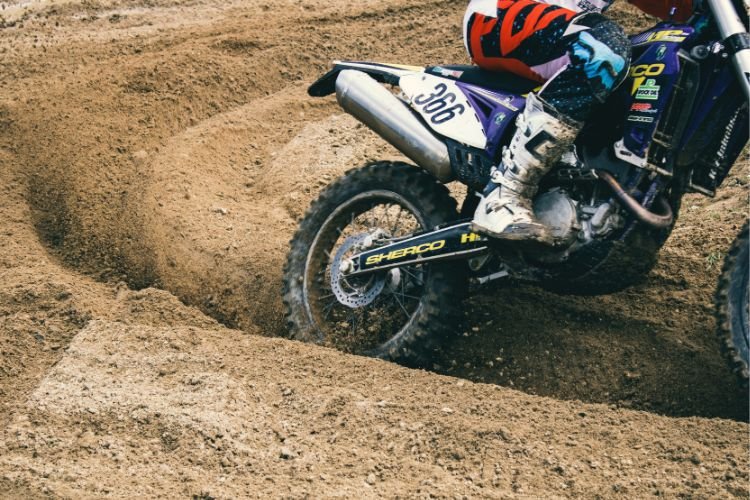
Other Things To Consider
1. Heat
When you complete riding, get down a feel the tire, and you will certainly marvel at how hot it obtains. This heat is created due to friction, and the tire wall surface bends under pressure each time the tire spins.
As this heat is created, the pneumatic pressure inside the tube can in fact increase as long as 6 PSI on the rear tire, and also 3 PSI on the front tire! For this reason, it's a great concept to start riding with less than ideal tire pressure.
Bare in mind that more warmth is generated on hard ground contrasted to soft ground, as well as tire pressures will certainly raise much more on a hotter day than on a cooler day.
2. Small changes can make a huge difference
You might assume that 2 or 3 PSI will not make much difference, however, you'd be shocked at how much distinction it can actually make. Think about a tire with an optimal pressure of 15 PSI, losing just 3 PSI amounts to a massive 20 percent change to the tire pressure.
With this in mind, a tiny 1/4 PSI can make a difference to your grip. Actually, leading racing teams are popular for making such tiny adjustments to their tires.
3. Front tires may need more pressure
The front tire has a much smaller cavity, indicating it has a lot less air volume than the back tire. This implies your front tire is far more vulnerable to a leak due to squeezing.
This may be even more of a problem on a 4-stroke dirt bike as a result of the much heavier front end. So if you ride a 4-stroke you might take into consideration a special 4-stroke front tire which has a more rigid side way to aid safeguard the tube.
Whatever dirt bike you have, it deserves running 1 or 2 PSI extra in the front tire simply to be secure. But always comply with the warning signs covered below to check for under and also over inflation.

How To Know If Your Tire Pressure Is Too Low Or Hight
Too low
When your tire pressure is low, you will certainly see a very unsteady feeling throughout cornering, and also the front tire will reject to embed the turns. Before changing your suspension clickers it's far better to increase your tire pressure first. This will likely be caused by tire roll, and if left unmodified could also harm your tires.
Likewise, look out for damages to your edges. If you go from motocross track to trail without changing the tire pressure, you may get a huge dent in your rear rim and end up having to buy a new wheel.
Too high
When your tire pressure is expensive you'll experience loss of grip throughout velocity, as well as wheel spin on loosened terrain.
I would certainly state running a tire pressure that is a little too high is much safer than running low stress. You minimize pinch level leak risk, as well as you won't wreck your edges up so easily.
How To Avoid Tire Punctures
Tire pressure has a lot to do with the number of punctures you get in your tires. Normally, higher tire pressure will assist to stop blowouts. This is because the tire compresses much less when it hits hard objects and also thus they are more probable to bounce off. Nevertheless, too high of tire pressure can have problems of its very own.
1. Tubliss
Tubliss is an additional option for avoiding punctures. This system has a small insert tube inside the rim that is set to an exceptionally high psi to avoid damage to the edges and also lock the tire to the rim. Then there is a larger external area where there is no tube in any way, and also hence no possibility for pinch flats. This area can be readied to a very low psi for better traction. Punctures are still possible, yet there is a trendy system for promptly loading them.
2. Mousse
An additional alternative for avoiding punctures is a mousse. They are cheap and they make it impossible to get any kind of punctures. However, they are very heavy, as well as they only last 6 months.
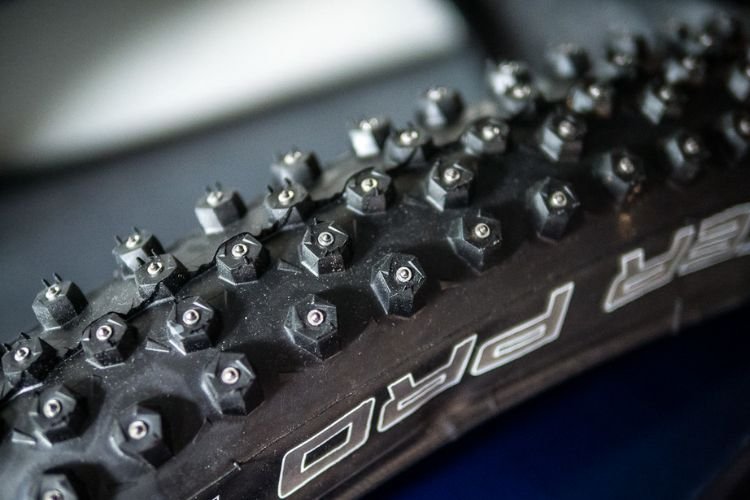
Frequently Asked Questions
Does Riding A Dirt Bike Make The Tires Hot?
Whenever the tire is spinning, the rubber fumes due to friction. Yet that's not the only root cause of tire warmth. Sidewall flex and also casing contortion also boost the temperature of a tire. Tire pressure raises extra in the rear tire than the front, extra on a warm day than on a cold day as well as on hard-packed track more than in loam.
Are Front Tires More Likely To Go Flat?
Yes. The front tire has a smaller-sized cavity with much less air volume. With the same front and rear pressures, it takes much less of impact to hammer the front tire into the edge as well as flatten it.
What Is RIM Clean?
Rim clean refers to the sidewalls' tendency to roll over the side of the edge. A correctly inflated tire will certainly bend around the sidewalls and actually scratch the very leading of the rim side clean. If you don't see a glossy strip of refined lightweight aluminum around the leading side of the edge, you have excessive air pressure.
What Tire Pressure Is Best For Mud?
If mud problems minimize track speeds, a rider ought to minimize tire pressure to 10 psi or less. If the mud isn't really deep as well as the speeds are still high, stick with your default pressure. If the mud is so tacky that you're dealing with keeping the front end down, you could actually add atmospheric pressure to assist the tire break loose easier.
Conclusion
Finding the right tire pressure for you might take a little bit of trial and error, as every biker is different. Start with 12 psi and function your means up or down utilizing the tips in this article. Make small adjustments each time till you locate what benefits you.
Simply bear in mind, that lower tire pressure provides better traction, yet enhanced the opportunity of a puncture, higher tire pressure minimizes traction and also can cause too much wear, however, reduced the opportunity of a puncture.
What Is The Best Tire Pressure For ATV? Ultimate Guide 2023
What To Do When Your Motorcycle Gets a Flat Tire
Discovering the Ultimate Trail Dirt Bike of 2024

Rodney L is a technical writer and product consultant with over a decade of experience in the motor industry. Rodney is a fan of performance machines that run fast and loud and an expert in all things custom. His numerous articles and write-ups are available at our knowledge base. Whether it’s something wrong with your motorcycle or you are building a custom bike, you can trust Rodney’s experience.
E-bikes have transformed into more than just gadgets to help you get around. Now, they're speed demons that can go toe-to-toe with motorbikes. It’s 2025, and these speedy machines have gotten a huge boost from better motors, more powerful batteries, and sleek designs that cut through the air like a knife. Let’s dive into the […]
Many riders who aren't so tall or ladies just starting to ride bikes need to pick out the best Motorcycles for Short Riders and Women. They gotta look for three key things: a seat that's not too high up, a bike that's not too heavy, and something that looks good enough to give them confidence. […]
As we accelerate into 2025, motorbikes are getting a serious tech upgrade. They’re all about safer rides and more fun on the road. Even if you’re a pro or just starting, kitting out your two-wheeler with cool tech stuff is a game-changer. Check out these ten top motorcycle gadgets each motorcyclist will want in 2025. […]
Getting around the city every day can be super annoying. You've got traffic like molasses nowhere to park, fuel prices through the roof, and buses stuffed like sardine cans make heading to the office a real pain. For loads of folks, getting a motorcycle is a pretty slick move—they’re nimble, cost-effective, and perfect for squeezing […]
Rider safety demands motorcycle helmets. Yet, riders still clash over picking full-face vs open-face helmets. Full-face ones take the win for protecting in crashes, but open-face models charm folks who want cool looks better air, and that old-school vibe. This guide dives into the latest research, technological advancements, and real-world insights to help you decide […]

